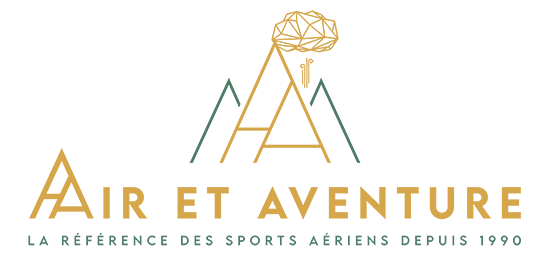Paragliders by certification

Description
HOW TO CHOOSE A PARAGLIDER ACCORDING TO ITS CERTIFICATION LEVEL?
The certification level of a paraglider is a major criterion to take into account when buying a paraglider. Indeed, your level of piloting, your experience and your level of practice will directly impact your decision at the time of purchase. It's not at all advisable to fly a paraglider in a category that's too high for you. These gliders require a level of commitment and mastery that can only be achieved after several paragliding courses and hundreds of hours. Similarly, as you progress, it may be a good idea to switch to a higher category paraglider to take your learning to the next level. Air et Aventure will guide you towards the paraglider certification level best suited to your current experience and your desire to progress.
WHAT ARE THE DIFFERENT CATEGORIES OF PARAGLIDER?
European homologation classifies paragliders into different EN categories, for European Norm. The EN A category (DHV 1) is mainly designed for beginner pilots. The EN B category (DHV 1-2) covers standard paragliders. They are ideal for further progression. Air et Aventure recommends you switch to an EN B glider at the very least after your BPC and if you fly more than 50 hours a year. With the EN C category (DHV 2, 2-3), we are now moving towards performance-oriented paragliders. This certification level covers wings specializing in cross-country or distance flying. It is aimed at experienced pilots. Finally, the EN D (DHV competition) category includes competition paragliders. Due to their technical nature, they are suitable for seasoned pilots with more than hundreds of flying hours per year. As the name suggests, a competition paraglider is used for major cross-country or hike and fly competitions. Finally, we can also take into account mini gliders, which are non-approved paragliders used for specific activities such as speed-flying or speed-riding.








